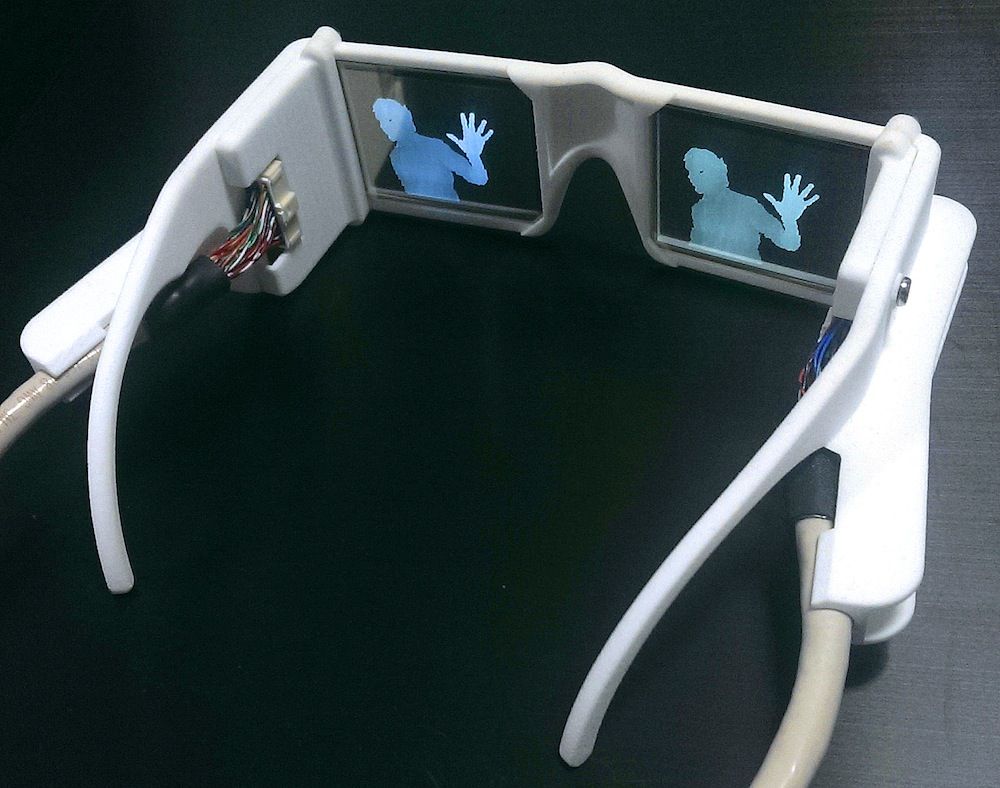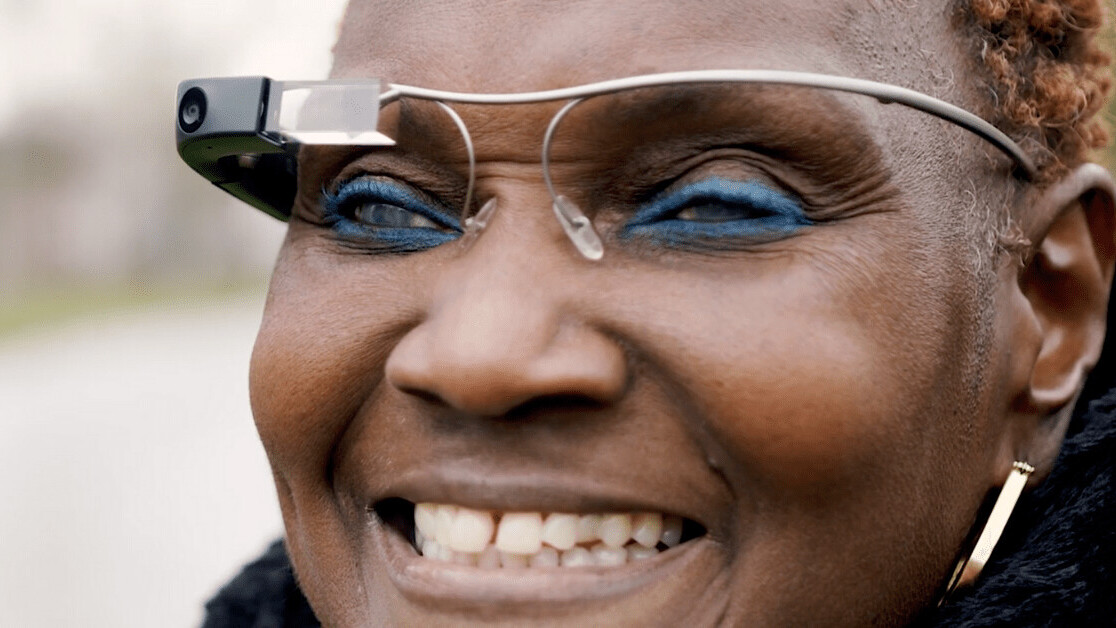The Future of Assistive Technology for the Blind: Empowering Independence
Wiki Article
Discover Advanced Assistive Tools for People With Visual Problems
The landscape of assistive technology for people with aesthetic problems is developing swiftly, presenting a series of ingenious devices that boost freedom and interaction (Braille displays and notetakers). From smart glasses that flawlessly merge aesthetic input with acoustic advice to innovative navigation applications that redefine spatial understanding, these devices are reshaping opportunities. In addition, the most recent advancements in Braille innovation and voice-activated systems considerably contribute to availability. Nonetheless, the ramifications of these advancements extend much past plain performance; they test conventional understandings of special needs and independence. What might this indicate for the future of addition and support?Smart Glasses Innovations
Smart glasses represent a considerable innovation in assistive technology for individuals with aesthetic problems. Geared up with cams and sensors, smart glasses can capture real-time visual info, which is after that refined and shared to the user with sound responses or haptic sensations.
Furthermore, innovations in artificial intelligence have even more improved the abilities of clever glasses. Machine knowing algorithms can acknowledge faces, checked out text, and determine items, making them very useful devices for day-to-day jobs. Customers can receive acoustic hints that supply context about their atmosphere, fostering freedom and confidence.
In addition, the ergonomic design and light-weight nature of lots of wise glasses make them suitable for prolonged usage, making certain comfort while boosting capability. As these tools remain to evolve, they hold the prospective to revolutionize the way people with aesthetic disabilities experience their day-to-day lives, bridging the space between availability and technology. The recurring r & d in this area promise to expand the opportunities for wise glasses, making them an essential element of modern-day assistive devices.
Navigation Apps and Tools
Many navigating apps and tools have arised as important resources for individuals with visual problems, significantly improving their capability to traverse unfamiliar settings. These technologies leverage GPS performance, audio hints, and real-time information to supply users with exact navigating help.One prominent instance is the Aira app, which attaches individuals to qualified agents that can give visual summaries of environments and navigation support with a live video clip feed. This service enhances the user's spatial recognition and confidence while browsing. Another noteworthy device is Seeing Eye GPS, which supplies voice-guided navigating and factors of passion, enabling individuals to access essential information regarding their surroundings.

As technology proceeds to development, the development of a lot more sophisticated navigation tools promises to more equip people with aesthetic impairments, helping with smooth flexibility and assimilation right into varied atmospheres. Such innovations contribute in promoting an extra comprehensive society.
Braille Innovation Developments
In recent times, developments in Braille innovation have actually dramatically changed how people with visual problems gain access to details and involve with the globe around them. The advancement of portable Braille displays has transformed reading by enabling individuals to connect wirelessly to computer systems, tablet computers, and smart devices. These tools convert text into Braille in real-time, allowing smooth communication with digital material.
Additionally, innovative Braille printers have actually emerged, boosting the production of responsive products. Modern embossers are much faster and much more reliable, permitting the fast creation of Braille papers and academic materials. This efficiency lowers the time and expense associated with creating Braille resources, making them extra easily accessible to companies and colleges.
In addition, the combination of Braille with other modern technologies, such as man-made intelligence and equipment discovering, has opened up new methods for personalized learning experiences. Voice acknowledgment and synthesis modern technologies can complement Braille, providing an inclusive approach to details dissemination.
As the demand for comprehensive education and work environment settings expands, these technical innovations play an essential function in empowering people with aesthetic impairments, ensuring they have equivalent accessibility to details and opportunities in numerous aspects of life.
Wearable Tools for Freedom
A growing selection of wearable tools is boosting independence for individuals with visual impairments, offering innovative solutions that boost navigating and everyday living. Braille displays and notetakers. These gadgets use innovative modern technologies to provide real-time comments and assistance, promoting autonomy in different atmospheres
Wearable innovation additionally includes smartwatches that can be programmed with availability attributes, enabling individuals to get notices, define optimistic track their places, or perhaps ask for assistance with the touch of a switch. In addition, some devices integrate artificial intelligence to assess the environment, offering sound descriptions of close-by objects or people.
Voice-Activated Assistive Solutions
Leveraging voice-activated assistive options has changed the landscape of support for people with aesthetic impairments, supplying hands-free interaction and accessibility to a selection of jobs. These technologies use natural language handling and expert system to allow individuals to execute daily activities through straightforward voice commands.
In addition, current improvements in voice recognition precision have improved the customer experience dramatically, accommodating diverse accents and speech patterns. This inclusivity guarantees that even more people can benefit from these technologies, cultivating a greater feeling of freedom.
Conclusion
Finally, the development of advanced assistive devices dramatically boosts the self-reliance and high quality of life for people with visual disabilities. Technologies such as wise glasses, navigation apps, Braille technology, wearable gadgets, and voice-activated remedies collectively promote an even more comprehensive atmosphere. These technologies encourage users to navigate their environments with confidence and engage more fully with the globe, ultimately advertising higher availability and equivalent chances for people dealing with visual obstacles.The landscape of assistive innovation Our site for individuals with visual disabilities is progressing swiftly, offering a range of ingenious gadgets that improve autonomy and engagement.Smart glasses stand for a significant advancement in assistive technology for people with visual impairments. As these tools proceed to progress, they hold the possible to change the method people with visual problems experience their everyday lives, connecting the void between ease of access and innovation.In recent years, developments in Braille modern technology have dramatically changed how individuals with visual problems accessibility details and engage with the world around them. These innovations equip optometrist salary customers to browse their environments with confidence and engage more completely with the world, ultimately advertising greater availability and equal possibilities for individuals dealing with visual difficulties.
Report this wiki page